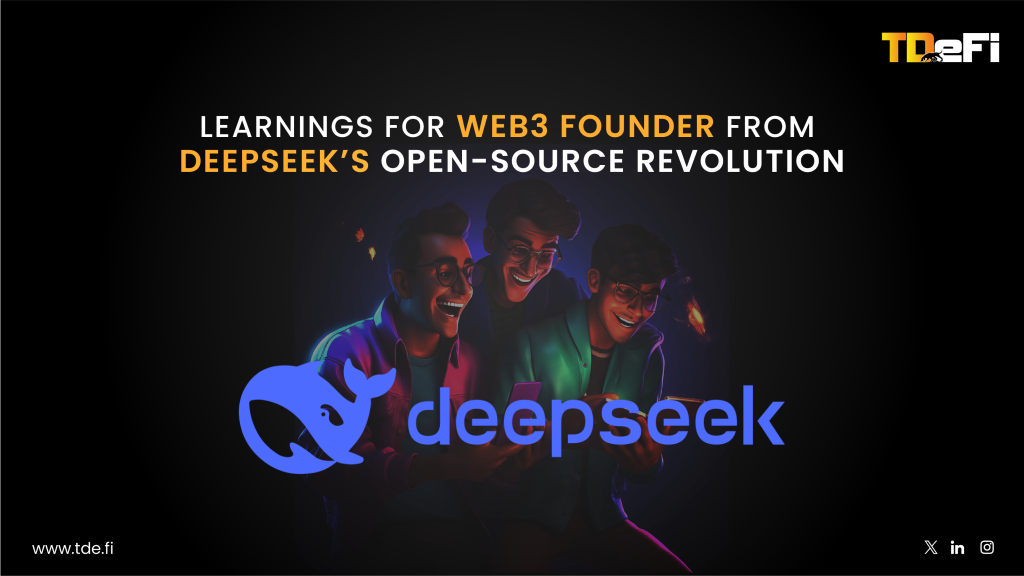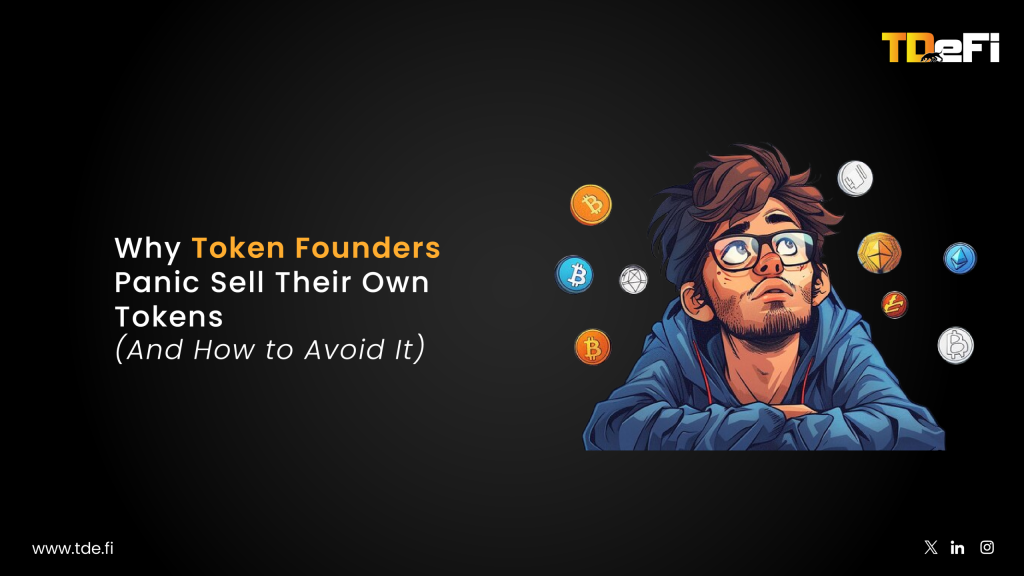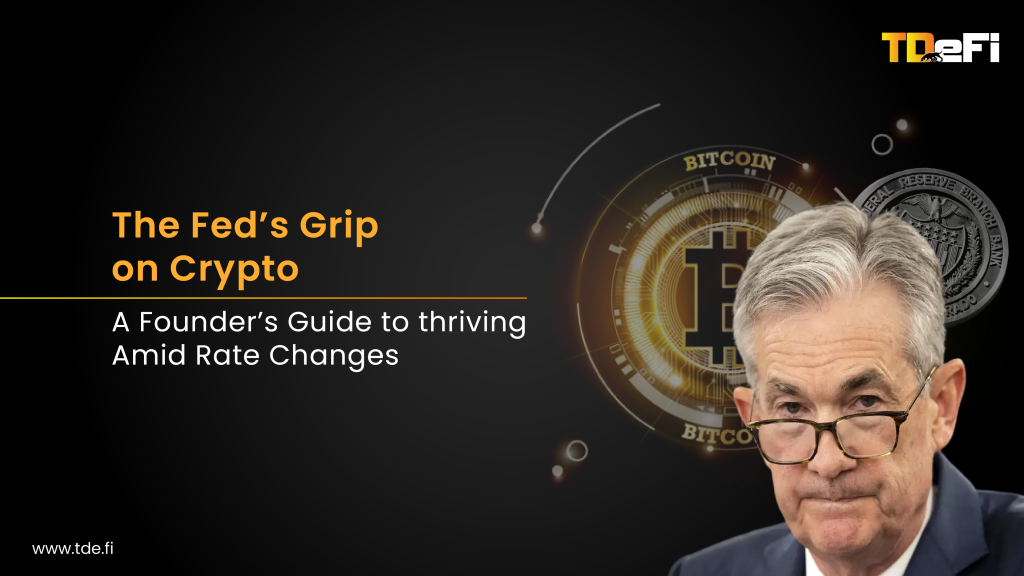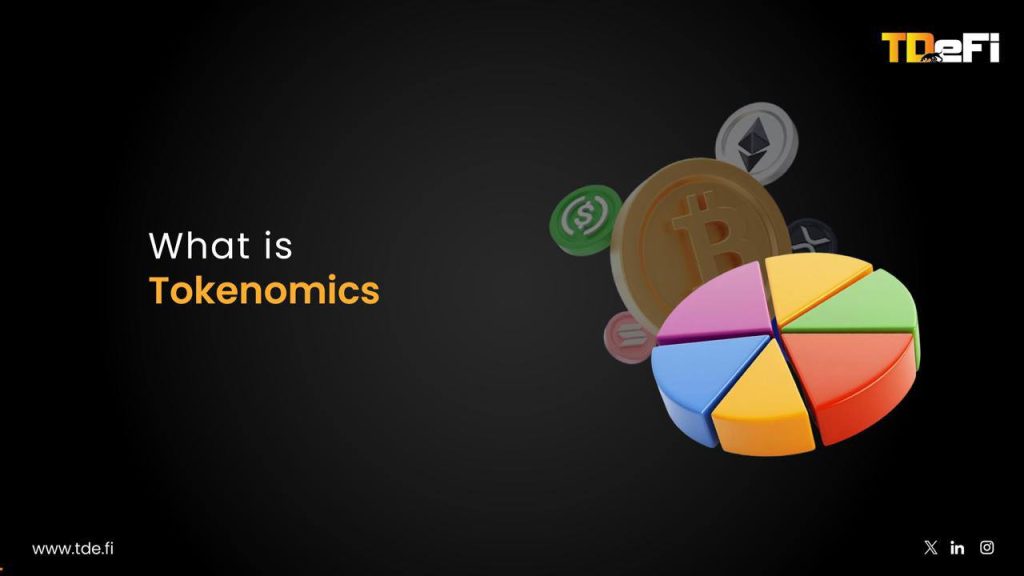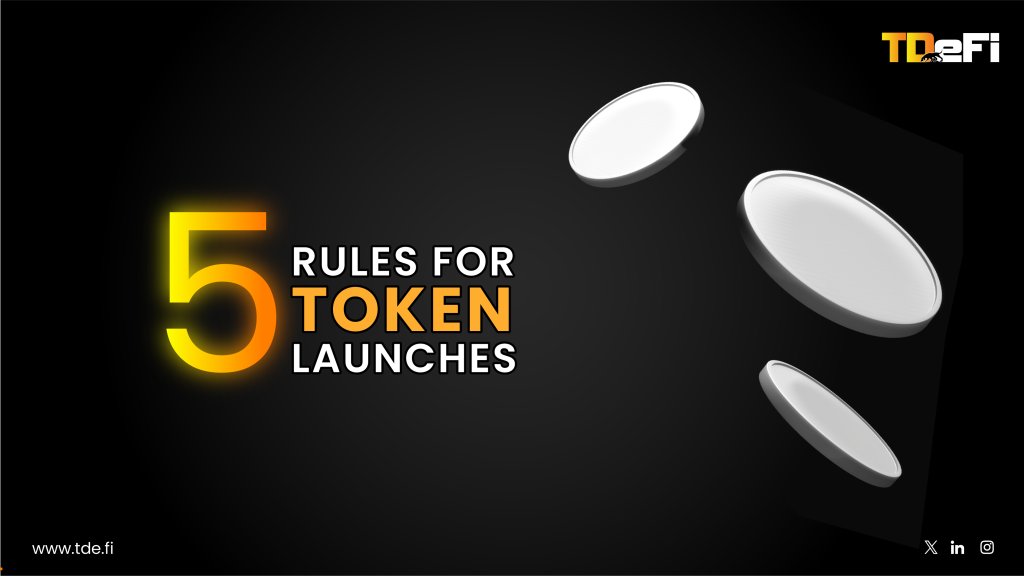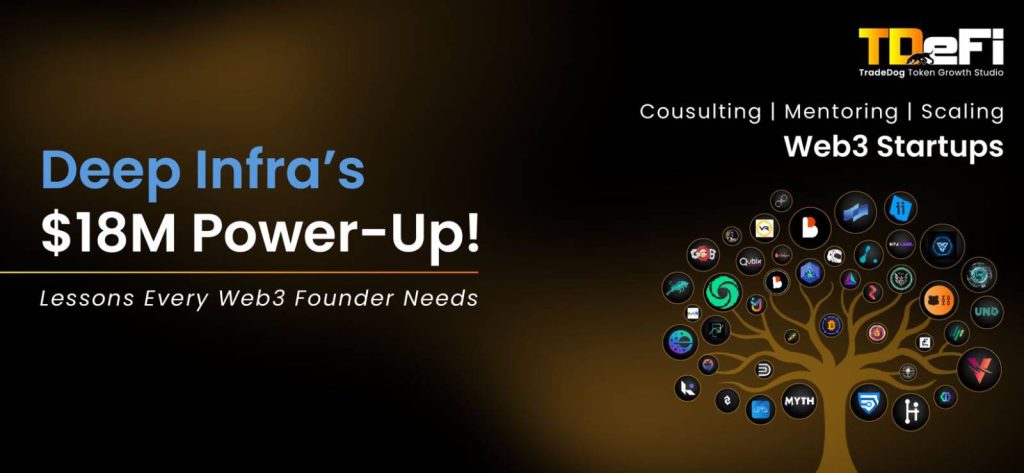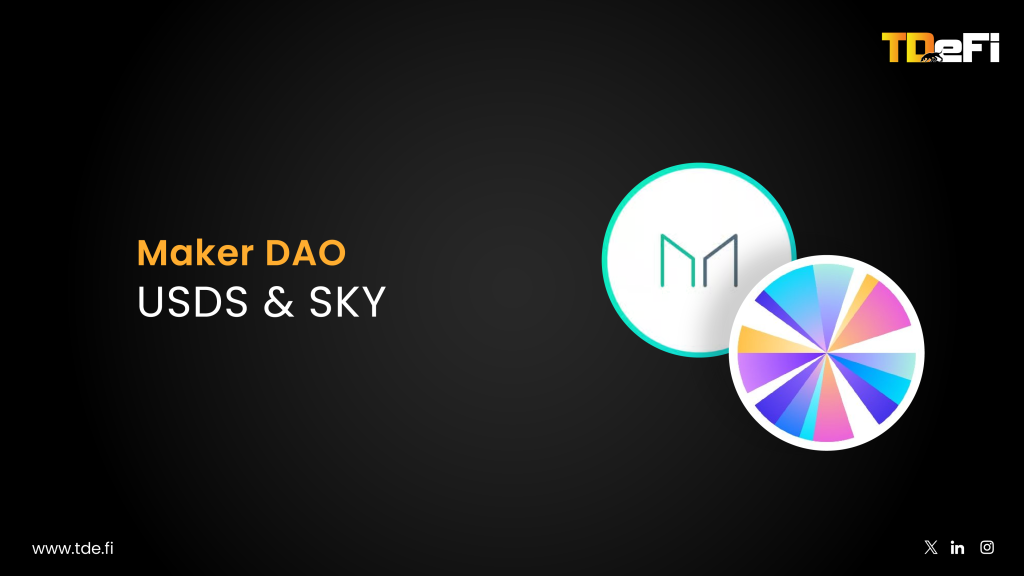The Problem You Feel but Can’t Name
You’ve got a working product, maybe even early traction. The tech is solid, the tokenomics are sane, and your team is sharp. But every time you pitch, it lands flat. The VCs nod politely. The community claps once on Discord and goes back to lurking. Twitter engagement? Dead on arrival.
It’s not your features. It’s not even your market. It’s your narrative.
In Web3, the projects that dominate cycles aren’t always the ones with the best code or the fastest execution. They’re the ones that own the story. The ones that frame the problem, set the stakes, and make their existence feel inevitable. Without that, you’re just another project fighting for attention in an infinite scroll.
1. You’re Not Marketing a Token, You’re Marketing a Movement
The first thing most founders get wrong is thinking their “marketing” is about broadcasting their roadmap or highlighting features. That’s Web2 thinking, and it dies in Web3.
Here’s why:
- Tokens pump and dump. Narratives endure.
Ethereum has been called a “world computer” for nearly a decade. That positioning still holds even after scaling issues, bear markets, and competitive L1 attacks. - Features get forked. The story can’t be cloned.
Uniswap’s AMM model has dozens of forks, but none of them own “permissionless liquidity” in the mind of the market. - Movements survive cycles.
Projects that frame themselves as part of an unstoppable shift (creator sovereignty, decentralized finance, privacy preservation) keep believers through drawdowns.
If you’re only selling a product, you’re selling something replaceable. If you’re selling a movement, you’re building something inevitable.
2. Anchor Your Brand in the Shift, Not the Shiny
Founders often make the mistake of centering their story on their product. The reality? No one cares about your product until they care about the problem and the inevitability of its solution.
The best narratives in Web3 are anchored in:
- Macro shifts – e.g., “As traditional finance fragments, tokenized RWAs will redefine global liquidity.”
- Cultural shifts – e.g., “As digital identity becomes central, self-sovereign ID will be as basic as a passport.”
If your narrative isn’t plugged into one of these larger forces, you’re fighting against inertia.
Case Study – MakerDAO:
Maker never led with “algorithmic stablecoin protocol” in its early days. It anchored itself in the shift away from centralized financial rails, framing DAI as a censorship-resistant unit of account for a decentralized world. That macro tie-in is why DAI still commands trust even after competitors launched technically superior products.
Founder Exercise:
Write down:
- The macro shift your product rides on.
- The cultural change your community already believes in.
If you can’t answer both, you have a narrative gap.
3. The Three-Layer Narrative Moat
Here’s the framework I recommend founders use to structure their narrative so it’s not just catchy, it’s defensible:
Layer 1- The Big Why
The unavoidable trend or urgent problem that makes your project necessary.
Example: “Current ad models exploit users’ data without consent, privacy-preserving advertising is inevitable.”
Layer 2- The How
Your unique approach feels like the natural evolution of solving that problem.
Example: “We enable advertisers to target without collecting user data through zero-knowledge proofs.”
Layer 3- The Proof
Evidence that your solution works and has momentum, metrics, partnerships, token traction.
Example: “Already integrated by 14 ad networks, with 2M privacy-preserving ad impressions served.”
4. From Hype to Habit: Making Your Story Stick in the Market’s Mind
Hype is easy in Web3. Stickiness isn’t. You don’t want people to remember your launch, you want them to repeat your story.
The Habit Loop for Narratives:
- Trigger: A market event or cultural moment that cues your story. (Example: Regulatory crackdown triggers privacy coin discussions.)
- Action: The community repeats or references your core framing.
- Reward: Engagement, alignment with values, or social capital from spreading the story.
Case Study – Solana:
After the “ETH killer” noise faded, Solana’s core community reframed it as the “high-performance blockchain for consumer adoption.” This stuck because it became the default answer to “Which chain should I use for high-volume, low-fee apps?”
5. Let the Community Be Your Co-Authors
In Web3, the community isn’t your audience, it’s your marketing team. The more you control the narrative, the less it spreads.
Here’s how you hand over the pen without losing the plot:
- Seed meme-able assets: Logos, taglines, or stats the community can remix.
- Create narrative touchpoints: Roadmaps, AMAs, or governance proposals that reinforce the story.
- Empower champions: Reward people who spread the narrative with status (ambassador roles, governance influence).
Case Study- Bored Ape Yacht Club:
They didn’t market “NFT profile pics.” They built a container for identity performance, and the owners made their Apes the story.
6. Measuring Narrative Stickiness
You can’t manage what you don’t measure. If your story is working, you’ll see it in:
7. Narratives Across Market Cycles
Market cycles don’t just move prices, they shift which stories resonate.
- Bull Market: Optimistic, expansive narratives dominate (“onboarding the next billion users”).
- Bear Market: Conviction-driven, resilience narratives win (“we’re here for the long term”).
Founder Tip:
Your narrative shouldn’t flip every cycle, it should adapt. Same core, different emphasis.
8. Founder-Level Narrative Playbook
To execute this at a founder level, treat narrative like you treat runway: a scarce, valuable asset that needs active management.
Quarterly Narrative Review:
- Is the macro shift you anchored in still the dominant conversation?
- Has the “Big Why” changed because of new regulation, tech, or culture?
- Are competitors starting to hijack your framing?
Embed Narrative in Ops:
- Every partnership announcement should tie back to your Big Why.
- Every tokenomics update should reinforce your inevitability.
- Every AMA should leave the audience with one repeatable line.
The Only Thing That Survives Forks and Downturns
In Web3, your tech can be forked in a weekend. Your liquidity can vanish in a day. Your hype can fade in an hour. But a narrative, if it’s rooted in truth, anchored in shifts, and co-owned by your community, can survive for years.
The founders who win aren’t the loudest. They’re the ones who make their story sound inevitable, repeatable, and worth fighting for.
So stop thinking of marketing as “getting the word out.” Start thinking of it as building the market’s mental model of why you exist and why you can’t be ignored.
Because in Web3, you’re not selling features, you’re selling a future people want to see themselves in.
If you are struggling with creating your marketing strategy, you can contact us at [email protected] for help!










